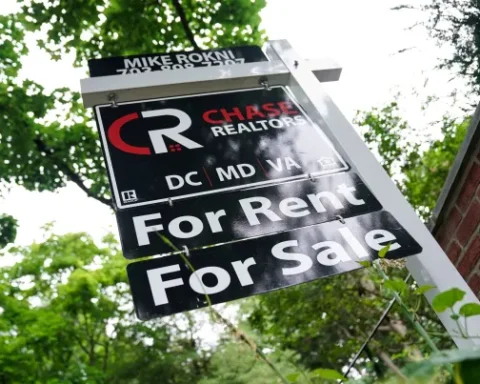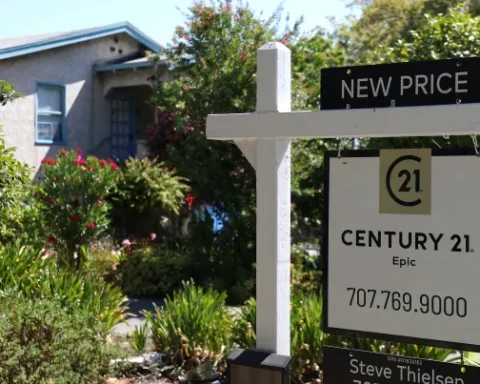Home prices set another record in April, even as mortgage rates rose and the supply of homes for sale increased. Usually, under those circumstances, prices would weaken, but today’s housing market is unlike any other in recent history. This article explores the unprecedented challenges and dynamics shaping the current housing market.
Record-Setting Home Prices
Home prices in April rose 6.3% compared with the same month last year, according to the S&P CoreLogic Case-Shiller National Home Price Index. This marks the second consecutive month that the national index has increased by at least 1% over its previous all-time high. Despite a sharp rise in the average rate on the 30-year fixed mortgage from 6.9% to 7.5%, prices continue to climb.
“2024 is closely tracking the strong start observed last year, where March and April posted the largest rise seen prior to a slowdown in the summer and fall,” said Brian Luke, head of commodities, real and digital assets at S&P Dow Jones Indices. “Heading into summer, the market is at an all-time high, once again testing its resilience against the historically more active time of the year.”
Affordability at All-Time Lows
The housing cost burden has hit a record, with home prices now 47% higher than they were in early 2020. According to a report from Harvard’s Joint Center for Housing Studies (HJCH), the median sale price is now five times the median household income. For renters, despite a slowdown in rent growth due to an influx of new apartment units, prices are still 26% higher than in 2020.
Half of all renter households—more than 22 million—spend more than 30% of their income on housing, which is considered “cost burdened” by HJCH. Twelve million of these households spend more than half their income on rent. For homeowners, 20 million are considered cost burdened by their monthly payments.
Rising Costs Beyond Home Prices
Homeowners are not just struggling with rising home prices; they are also facing increased insurance premiums and property taxes. Insurance premiums have surged by an average of 21% between 2022 and 2023, further straining household budgets.
Supply and Demand Imbalance
The supply of homes for sale is rising, with an 11% increase in new listings in April from March and a 16% increase from April 2023, according to Zillow. This has pushed total for-sale inventory up 18% year over year. However, supply remains lean compared to the strong demand.
“The rapid and sudden increase in mortgage rates in April pushed housing affordability further out of reach for many potential buyers while some who could still afford held back,” said Zillow’s senior economist Orphe Divounguy. “As a result, the share of listings with a price cut shot up to 22.4% in April, the highest rate for April in the past six years.”
Despite the relative slowdown in April sales, homes that were priced well sold quickly, in just 13 days on average, only three days slower than in April 2023. Inventory in May rose to a 3.7-month supply, still below the six-month supply considered balanced between buyers and sellers.
The current housing market presents unprecedented challenges, with record-setting prices, rising costs, and a persistent supply-demand imbalance. As Brian Luke noted, the market’s resilience is being tested as it heads into the typically more active summer months. The question remains: how long can this trend continue before a significant adjustment occurs?







